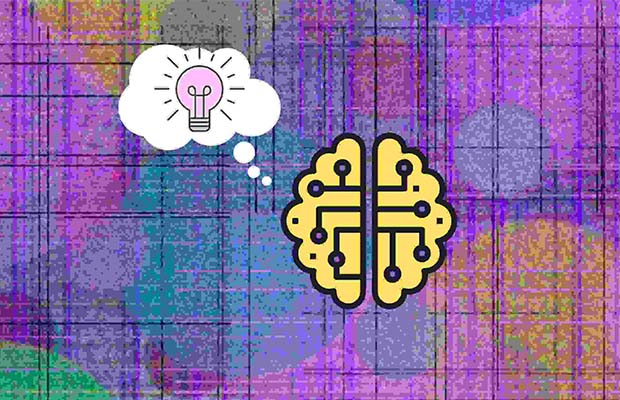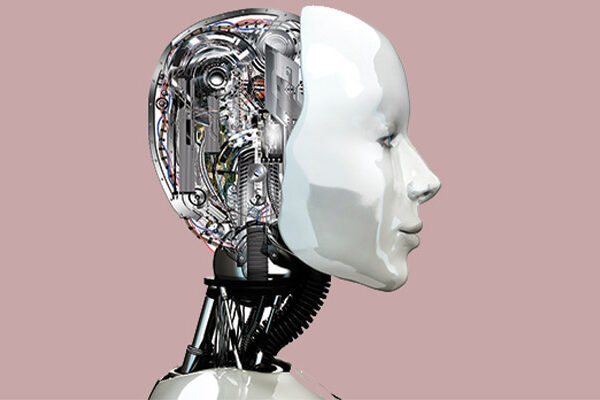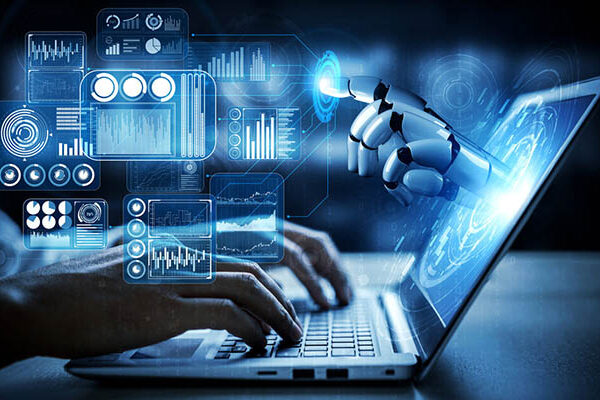Do you know what is DQN reinforcement learning? DQN is a reinforcement learning algorithm where a deep learning model is built to find the actions an agent can take at each state
DQN or Deep-Q Reinforcement learning (RL) focuses on teaching agents to take any action at a specific stage in an environment to maximize rewards. Networks were first proposed by DeepMind back in 2015 in an effort to bring the benefits of deep learning to RL.
The model is then trained through reinforcement learning to improve itself and its decisions by observing rewards through interactions with the environment.
Learn more by continuing to read.
Table of Contents
What Q-Learning Has to Do With RL?
In Q-learning, a memory table Q[s,a] is constructed to store Q-values for each possible pairing of s and a, which stand for the state and action, respectively. The Q-Value function, which the agent learns, provides the anticipated total return for a given state and action pair. Therefore, the agent must act in a way that maximizes this Q-Value function.
The agent only needs to make one action (a) to see their reward (R). R+Q(s’,a’) then becomes the target the agent would like from Q(s,a).
Related Post: Difference Between Deep Learning and Reinforcement Learning
DQN
A DQN, or Deep Q-Network uses a neural network to roughly represent a state-value function in a Q-Learning framework. In the case of Atari Games, they receive multiple game frames as input and produce state values for each action as output.
For off-policy learning, where samples are randomly selected from the replay memory, it is typically used in conjunction with Experience Replay to store the episode steps in memory. Additionally, the Q-Network is usually optimized towards a frozen target network that is periodically updated with the latest weights every k steps (where k is a hyperparameter). The latter improves training stability by reducing transient oscillations caused by a moving target. By addressing the autocorrelation that would result from online learning, the first approach more closely resembles a supervised learning problem.

In a 2013 paper, DeepMind tested DQN by teaching it to learn how to play seven games on the The agent chose a joystick direction at each time-step by observing the unprocessed pixels on the screen and a reward signal corresponding to the game’s score on an Atari 2600 console. This was further developed in a 2015 paper by DeepMind by training distinct DQN agents for fifty Atari 2600 games (without knowing how to play these games beforehand). Nearly half of these games saw DQN perform on par with humans, which was a better performance than any prior reinforcement learning and neural network combinations.
Anyone wishing to work with and experiment on their own is welcome to use DeepMind’s DQN source code and Atari 2600 emulator. The research team has also enhanced the DQN algorithm by further stabilizing its learning dynamics, giving replayed experiences priority, normalizing, aggregating, and rescaling outputs. With these upgrades, DeepMind asserts that DQN can perform at a human-level in almost every Atari game and that a single neural network can pick up knowledge of numerous such games.
According to DeepMind, the primary goal is to build upon the capabilities of DQN and put it to use in real-life applications. Regardless of how soon we reach this stage, it is quite safe to say that DQN Reinforcement Learning Models widen the scope of machine learning and the ability of machines to master a diverse set of challenges.
Read More:
FAQs About DQN
Is DQN Model Based Reinforcement Learning?
DQN is a value-based reinforcement learning algorithm that estimates the discounted cumulative reward using a critic.
What is the Difference Between DDPG and DQN?
The primary difference would be that DQN is just a value based learning method, whereas DDPG is an actor-critic method.
Is DQN Obsolete?
It’s simplicity, robustness, speed and the achievement of higher scores in standard RL tasks made policy gradients and DQN obsolete.




